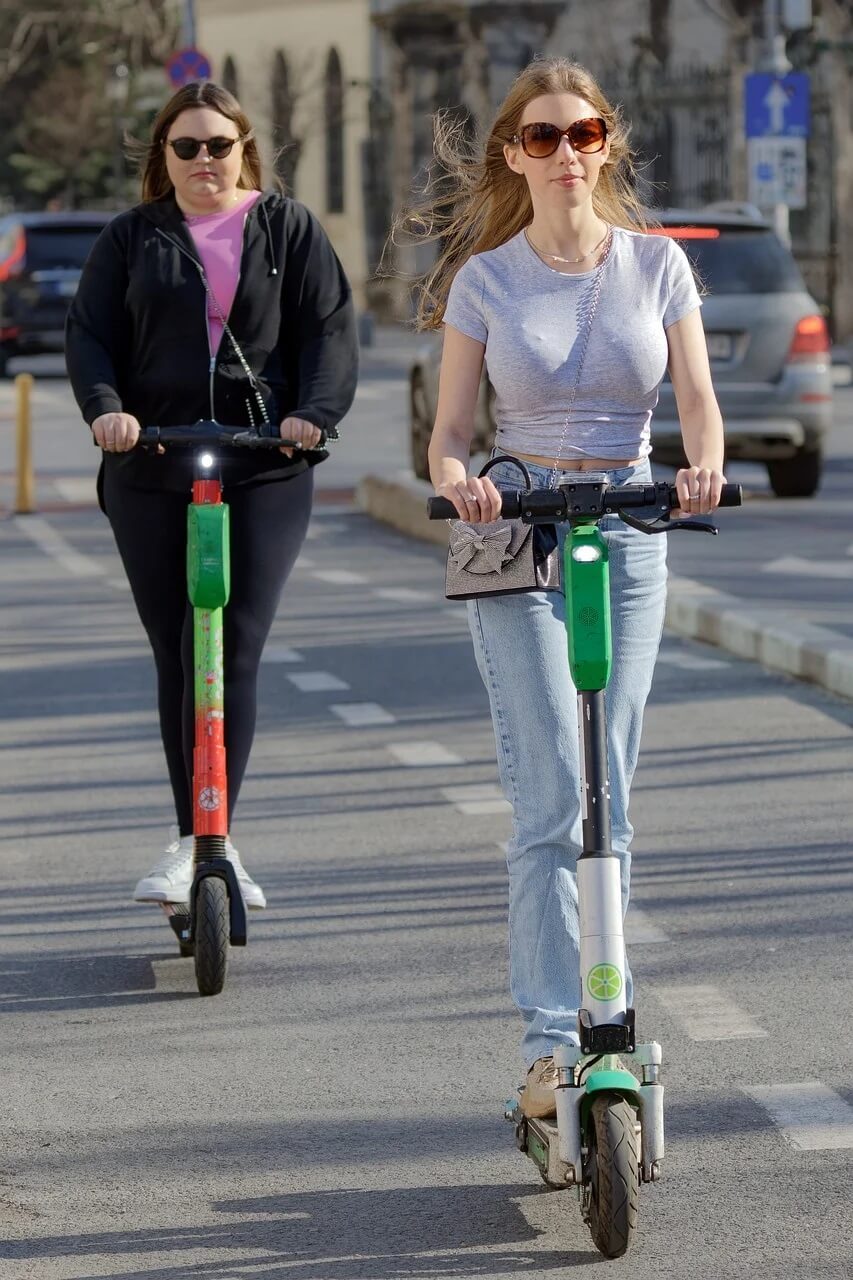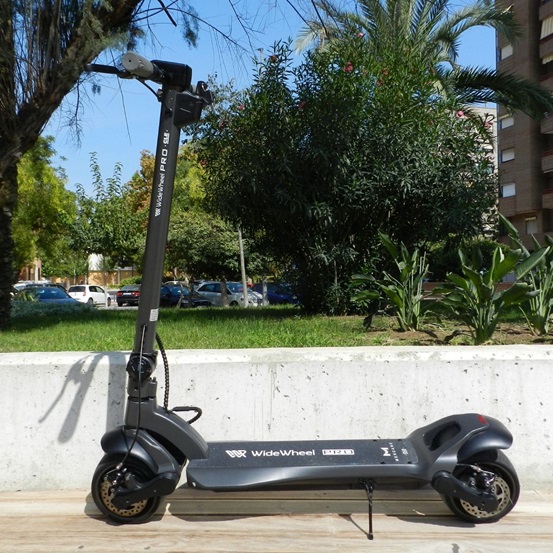
The Impact of E-Scooters on Urban Mobility
As urban areas continue to grow, so do the challenges associated with transportation. Traffic congestion, air pollution, and carbon emissions are pressing issues that cities worldwide are striving to mitigate. One innovative solution that has gained popularity in recent years is the electric scooter. With models like the Mercane Wide Wheel Pro, these e-scooters are not just convenient; they also play a significant role in promoting sustainable urban mobility.

The Rise of E-Scooters
E-scooters have emerged as a practical alternative to traditional transportation methods. They provide a quick and efficient way to navigate city streets, particularly for short to medium distances. The Wide Wheel Pro, with its dual motor design and fat tires, offers enhanced stability and performance, making it ideal for urban environments.
Environmental Benefits
One of the most compelling reasons to consider e-scooters is their potential to reduce urban carbon footprints. According to various studies, electric scooters emit significantly fewer greenhouse gases compared to cars and even public transport. A quick calculation can show the stark difference in emissions between these modes of transportation. For those interested, a helpful resource for understanding your carbon impact can be found at carbon footprint calculators.
Using e-scooters can drastically lower the amount of carbon dioxide produced per trip. By replacing car journeys with e-scooter rides, urban dwellers can contribute to cleaner air and a more sustainable city. In fact, cities that have integrated e-scooters into their transportation networks have reported improved air quality and reduced traffic congestion.
Cost-Effectiveness
In addition to being environmentally friendly, e-scooters are also economically viable. The cost of operating an e-scooter is substantially lower than that of a car, especially when considering fuel, maintenance, and parking expenses. The Wide Wheel Pro is particularly appealing because it combines affordability with high performance, making it an excellent choice for those looking to cut down on transportation costs.
Challenges and Considerations
Despite the numerous advantages, the rise of e-scooters has not been without its challenges. Issues such as safety, regulation, and infrastructure must be addressed to ensure that e-scooters can be a viable long-term transportation option. Cities need to develop appropriate regulations that not only protect riders but also pedestrians and drivers.
Moreover, the infrastructure must adapt to accommodate e-scooters. Dedicated lanes, secure parking areas, and clear signage are essential for the safe integration of e-scooters into urban transportation systems. Cities that have proactively worked on such initiatives have seen greater adoption rates and reduced conflicts between different modes of transport.
User Adoption and Urban Mobility
The adoption of e-scooters, especially models like the Fattire Electric Scooter, has been largely driven by the desire for more flexible and personal commuting options. They allow users to avoid the hassle of public transport while still being eco-conscious. For many urban residents, e-scooters represent a practical middle ground between walking and driving.
Furthermore, e-scooters can significantly impact public transit usage. By facilitating the "last mile" connection—helping commuters travel from transit stations to their final destinations—e-scooters can encourage more people to utilize public transportation systems. This shift can lead to a decrease in overall vehicle dependency, promoting a more sustainable urban mobility landscape.
The Future of E-Scooters in Urban Environments
As technology advances, we can expect e-scooters to become even more integrated into urban transportation networks. Features like GPS tracking, app-based rentals, and improved battery life will enhance user experience. The dual motor Electric Scooter design of the Wide Wheel Pro is already paving the way for greater performance and reliability.
Moreover, collaborations between e-scooter companies and city planners can result in smarter, more efficient urban transportation solutions. These partnerships can lead to improved infrastructure that supports not just e-scooters, but also bikes, pedestrians, and public transit systems, creating a more cohesive and sustainable urban environment.
Conclusion
The impact of e-scooters on urban mobility cannot be overstated. As cities grapple with transportation challenges, e-scooters like the Mercane Wide Wheel Pro offer a sustainable and practical solution. By reducing carbon footprints, providing cost-effective transportation options, and promoting a shift towards public transit, e-scooters can significantly enhance urban mobility.
As we look to the future, it is essential for cities to embrace this innovative mode of transport and address the accompanying challenges. With thoughtful planning and collaboration, e-scooters can play a pivotal role in shaping greener, more efficient urban landscapes.


